Biochar in the Grand Valley: a drought resilience tool?
When Michael Lobato and his wife Sara embarked on their agricultural journey, they didn’t anticipate pioneering new drought resilience techniques. But, situated just outside Fruita, Colorado, Lobato’s farm faces distinct water challenges. With an average annual precipitation of just nine inches, efficient water use is not merely a priority—it’s a necessity. This arid landscape, combined with the Lobatos’ innovative spirit, has set the stage for experimenting with biochar to improve water retention and soil health.
Lobato’s journey from a heavy equipment mechanic and geologist to farming was driven by curiosity, a desire to solve complex problems and an interest in producing locally grown food for his community. The transition was not straightforward and drew skepticism from peers. But in 2020, Lobato purchased a farm in Fruita and began the rigorous task of transforming dry, invasive-plant-ridden land into fertile soil. He planted native grasses and used nutrient-rich soil additives to rejuvenate the land. However, he said, the most profound changes to the land would come through experimenting with biochar.
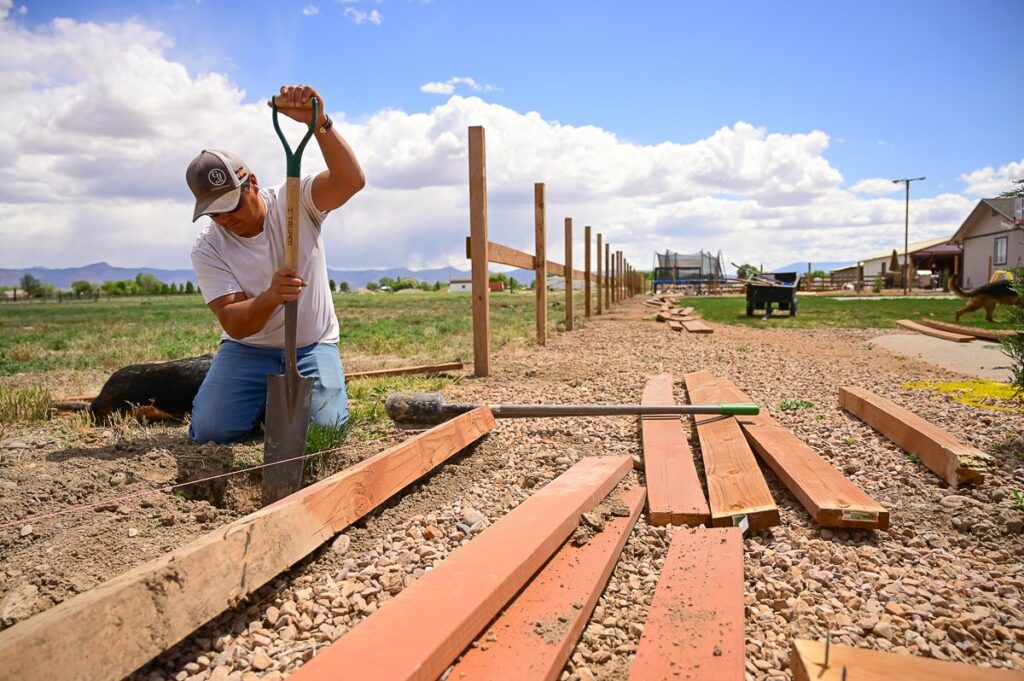
What’s Biochar?
Biochar, a form of charcoal created by roasting organic material at high temperatures in the absence of oxygen, offers impressive benefits for soil health. Its highly porous structure allows it to cling to a lot of water and nutrients for its size. Lobato says that makes it especially useful in drought-prone regions like the western edge of the Grand Valley, where his farm lies.
Lobato’s first learned about biochar from the Citizens for Clean Air in the Grand Valley. They needed plots of land to test biochar’s effectiveness in reducing air pollution and improving soil health. Lobato’s farm became a test ground, and initial results were promising.
“The biochar revolutionized my garden,” Lobato says. “I noticed my garden went from drying out in a day to staying moist for three to five days.” This revelation sparked further research and experimentation. Could he use it on his whole farm? But applying biochar on a larger scale, particularly to already-established pastures, presents unique challenges.
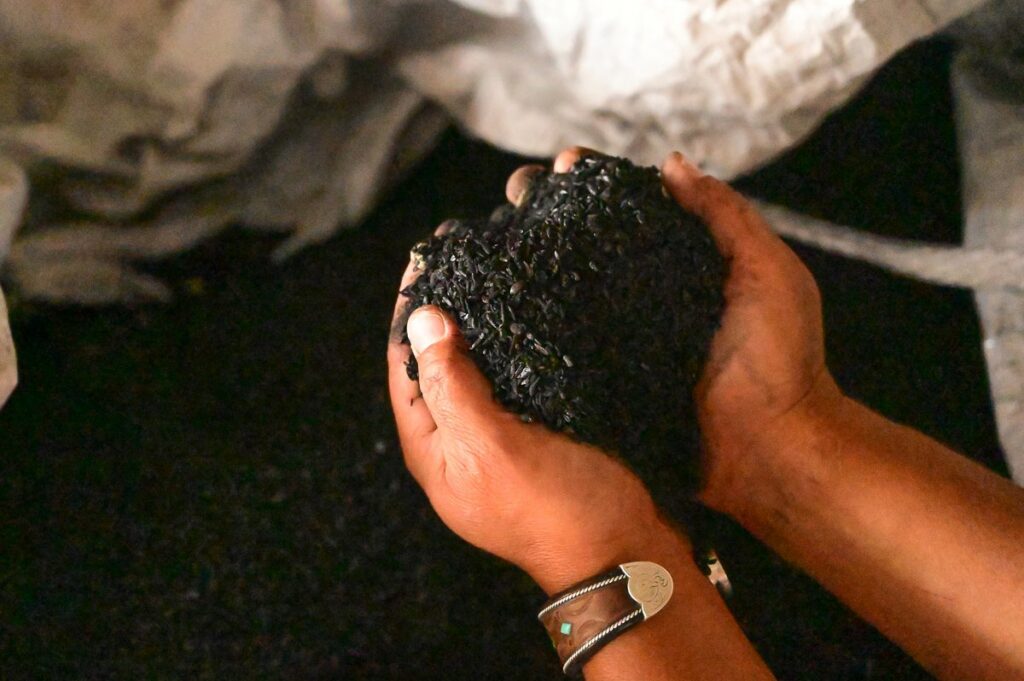
A Unique Application Method
Conventional methods of incorporating biochar into soil usually involve tilling, but this would cause more harm than good in Lobato’s native perennial grass pastures. Undeterred, he began developing an innovative method to inject biochar directly into the soil, close to the root zones of plants.
He found a machine typically used in the landscaping and sports turf industry capable of injecting materials into the soil without tilling. Although designed for smaller areas like golf courses, Lobato saw potential for adapting this technology to agriculture. Together with Holly Stanley, the District Manager of the Mesa Conservation District and now Lobato’s business partner, Lobato began working on scaling this method for broader application.
The Experimental Phase
While the injection method worked well to get the biochar into the soil at scale, the overall results are still out. “This process definitely isn’t ready for primetime for people to run out and do what we’ve done,” Lobato admits. Early results are compelling, however. Initial trials have demonstrated that biochar can significantly improve soil’s water-holding capacity, crucial for maintaining crops during dry periods.
Further research revealed surprising benefits: fields treated with biochar and watered at half the usual frequency performed better than those without biochar watered more frequently. “That’s the most exciting part,” Stanley explains. “It shows that we can potentially reduce water use significantly while maintaining or even improving crop yields.”
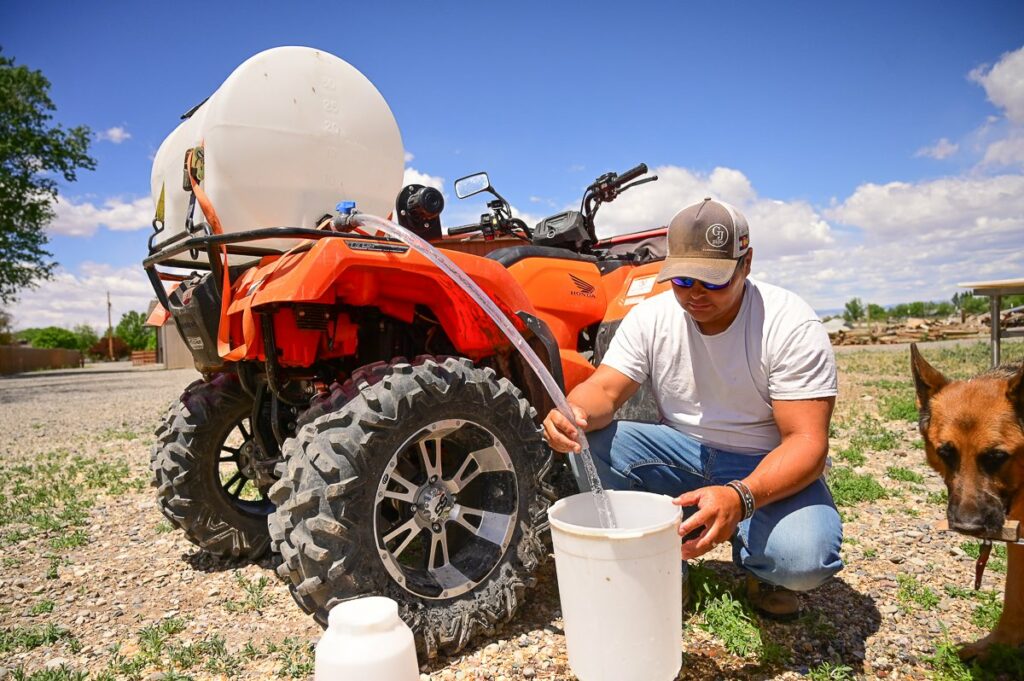
Linda Poole, WLA working lands program director, emphasizes the importance of such innovations: “A lot of what Michael Lobato is doing, and what we do in other small experiments, is focused on practices that might not show immediate results but can have significant long-term effects. For example, building up soil carbon and soil health compounds over time. The benefits of these practices become most evident when things go wrong, such as during a drought. In a regular year, you might see a 10 percent increase in productivity, which might not seem to justify the cost. But during a drought year, you could see double the productivity in resilient soil, making the investment worthwhile. Science is crucial, and we can all contribute by paying attention to what we do, why we do it, and then monitoring the results over time to see how it works out.”
Looking Forward
Simply proving that biochar is effective for drought resilience isn’t going to change how perennial pastures are managed overnight. Lobato and Stanley have done the math, and recognize that for most producers, the cost of the material and application puts it out of reach.
“We’re basically trying to take this concept and invent a new machine. And it’s pretty hard when you’ve got other things going,” Lobato noted. They remain hopeful, buoyed by what they see on the Lobato farm. They have applied for grants to further test and refine their biochar injection method, with plans to collaborate with Colorado State University’s Grand Valley Research Station.
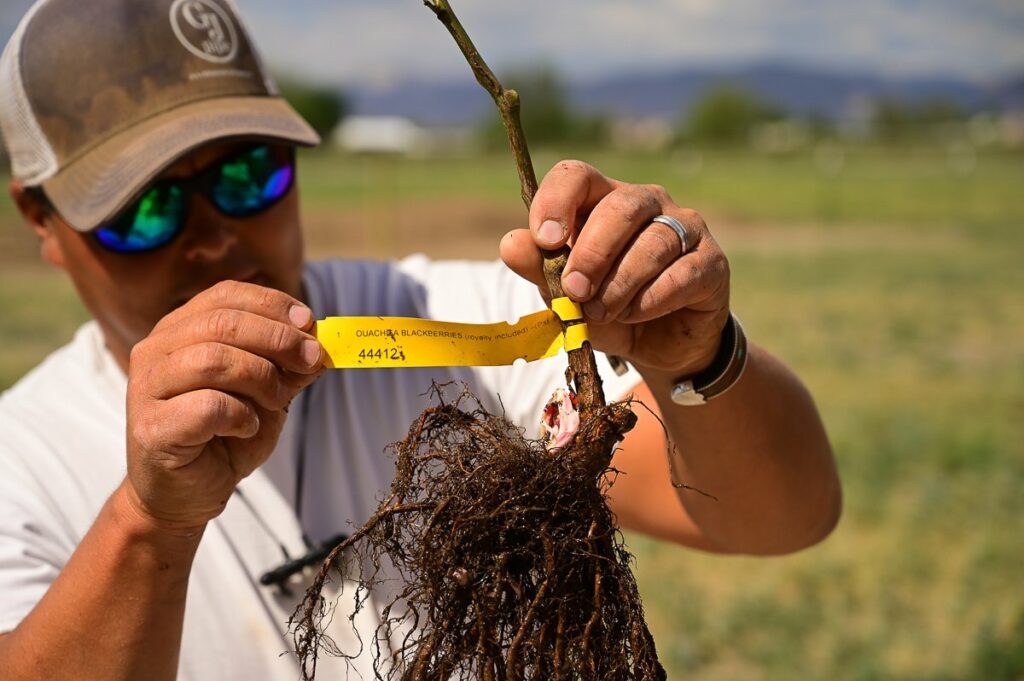
That includes the LOR Foundation’s Field Work program. Lobato received a small grant to increase trials of the injection method from the program in 2023. Poole, a past LOR Field Work grant recipient herself, explains, “In agriculture and conservation, the future is very different from the past, and we don’t know what will work. We don’t even know what we don’t know. It’s a cliché, but it’s especially true right now. The best strategy for resilience is diversity. We are trying to build resilient agriculture, so we need diverse innovations tested by producers and a way to share that information widely.”
Lobato and Stanley’s work with biochar is a testament to the persistence and innovation required to solve today’s agricultural challenges. As agriculture faces increasing pressures from climate change and water scarcity, innovators like them will help us all find our way toward a more resilient future.
Sorry, the comment form is closed at this time.


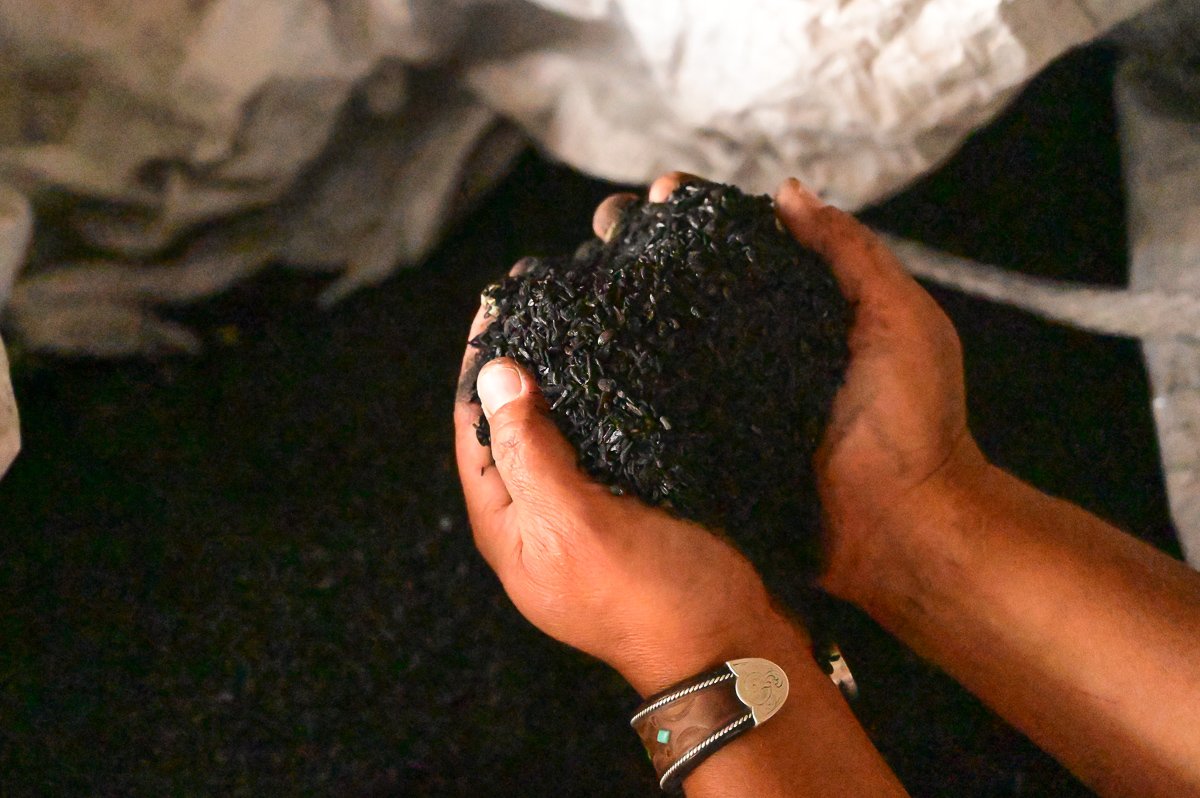
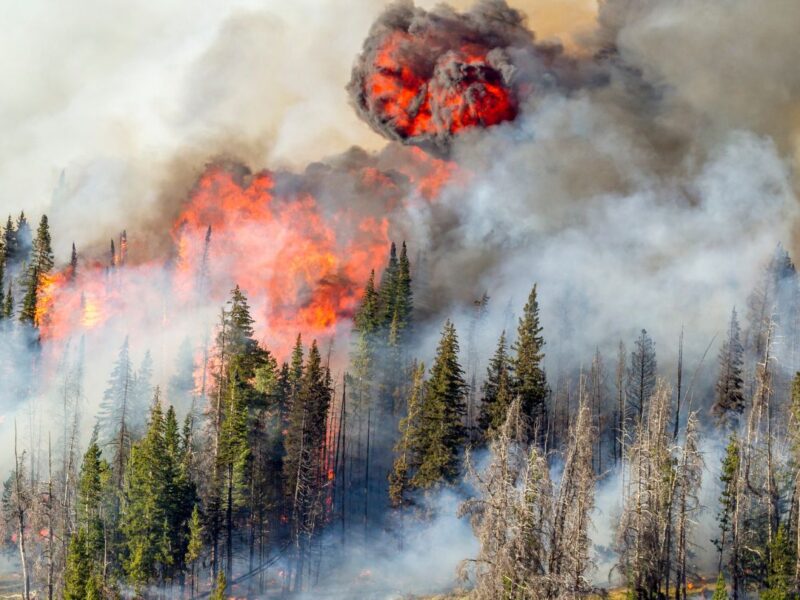
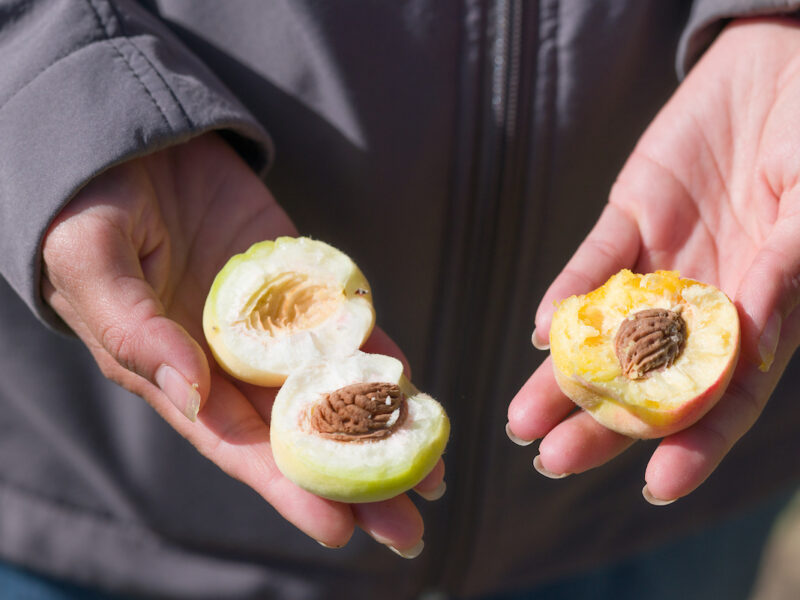

Anna Jeane Anderson
Excellent article! Extremely well written and organized, easy for anyone to understand the concepts. It is so exciting to see articles such as this on progressive, regenerative land management. Biochar is one of the best solutions for land managers and I cannot wait to see it used widely across agricultural and grazing rangelands.
A truly inspiring read!